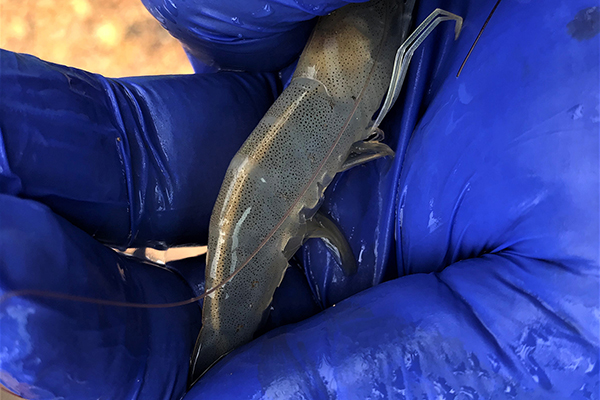
Health & Welfare
How salinity levels impact EHP infection rates in Pacific white shrimp
An EHP infection can occur at a salinity as low as 2 ppt but the prevalence and the severity of the EHP infection is higher at 30 ppt salinity.
Health & Welfare
An estimation model identifies genetic variances across mating combinations for stress resistance traits and families with heightened stress tolerance.

Health & Welfare
An EHP infection can occur at a salinity as low as 2 ppt but the prevalence and the severity of the EHP infection is higher at 30 ppt salinity.
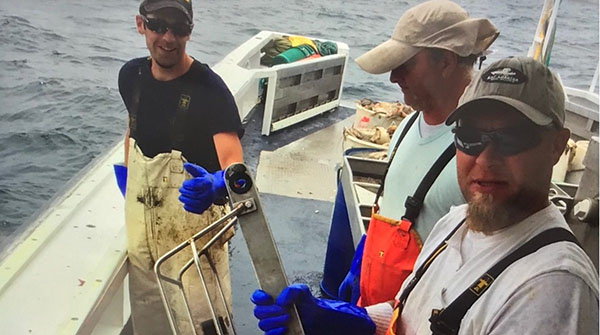
Responsibility
A new study indicates that mid-depth waters off the United States East Coast are getting saltier, possibly due to ocean warming caused by climate change.
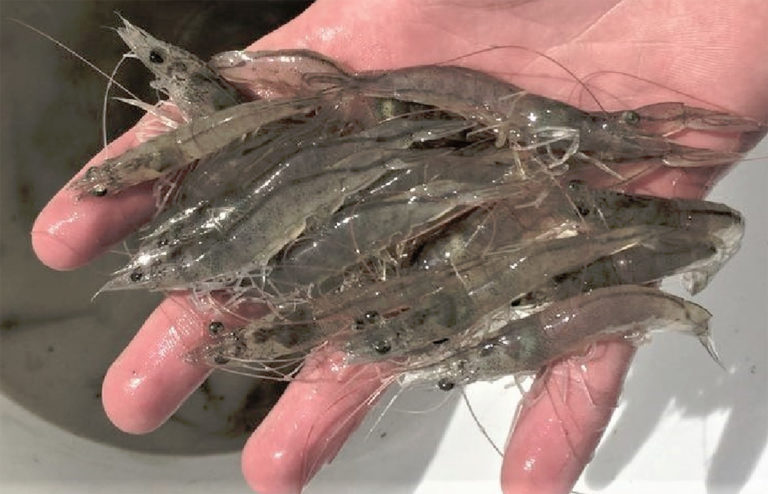
Health & Welfare
This study estimated the heritability of ammonia tolerance in Pacific white juveniles. Results suggest that rapid genetic gains could be obtained.
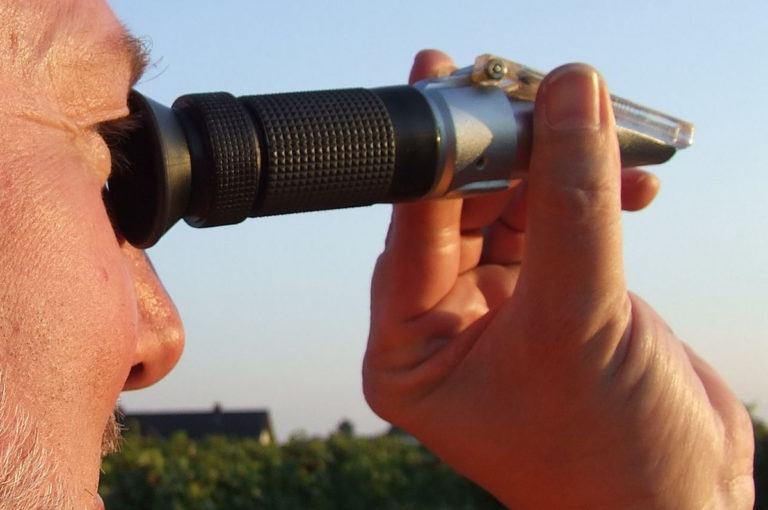
Responsibility
Prof. Boyd on how to measure salinity in aquaculture, examining electrical conductivity (specific conductance), density, chlorinity and refractive index.
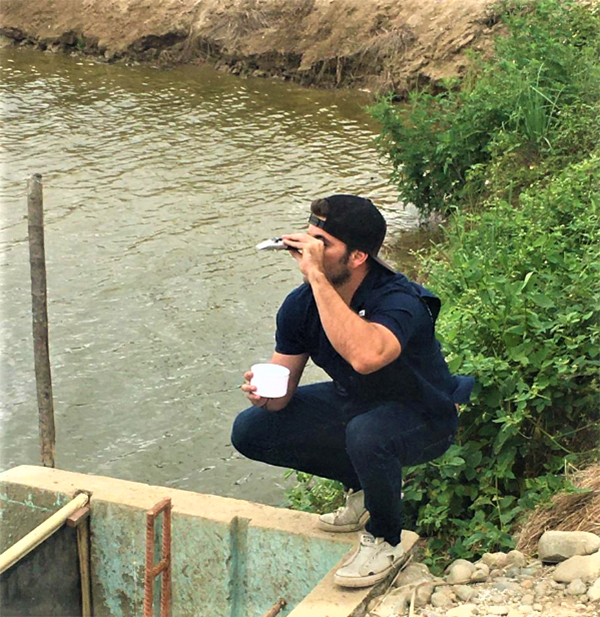
Responsibility
Prof. Boyd discusses the various definitions of salinity as an environmental factor of importance which, in aquaculture settings, can be easily measured.
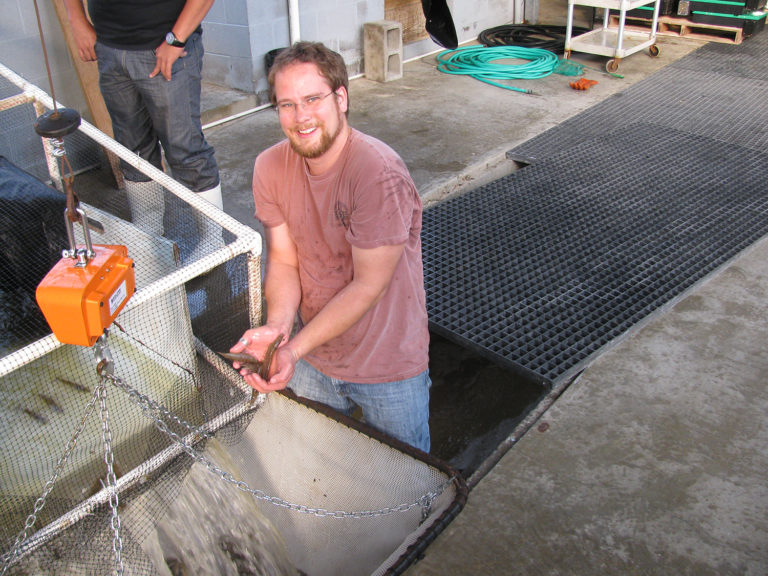
Health & Welfare
Study illustrates the range of salinity options for shrimp production in commercial-scale biofloc systems and found no significant differences in any shrimp production metric.
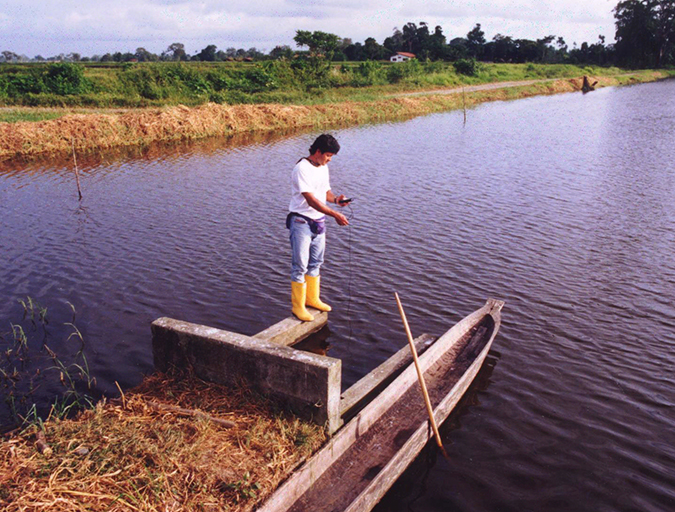
Responsibility
Proper monitoring of water quality in aquaculture production systems is critical to enable appropriate and timely management decisions. It requires reliable equipment, trained technicians that follow instructions and apply quality control measures, proper reagents and calibrated equipment, and appropriately collected water samples that are promptly analyzed.
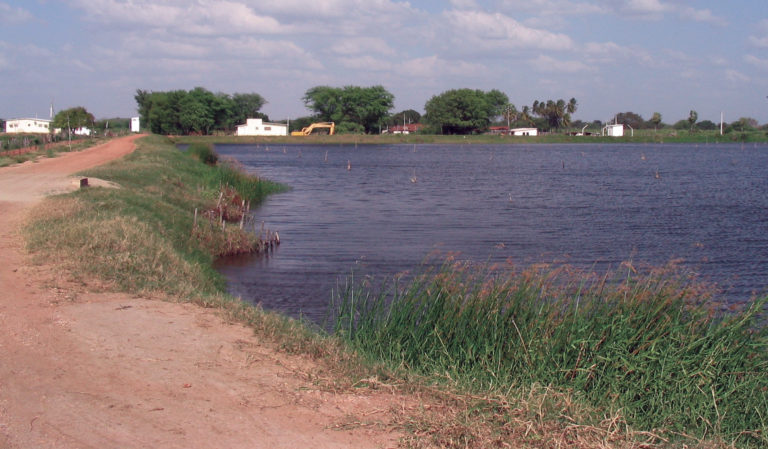
Responsibility
A few anions and cations, and un-dissociated silicic acid represent the largest fraction of dissolved inorganic solids in water. The total concentration of ions is called the salinity. The total dissolved-solids concentration usually is roughly equal to salinity in freshwater. Unlike seawater, freshwater varies greatly in salinity and proportions of individual ions. Calcium and bicarbonate are dominant ions in river water, but sodium and chloride are dominant in seawater. Water contains many other inorganic substances, as well as many trace elements.
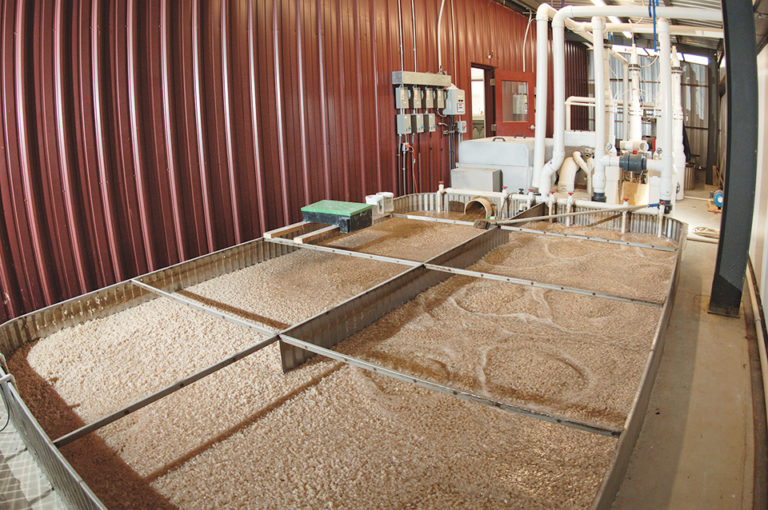
Responsibility
An important criterion when studying biofilters is the conversion rate of total ammonia nitrogen (TAN) to nitrate-nitrogen in production water. Although nitrification rates have been based on media surface areas, they do not always reflect the actual nitrification achieved. Volumetric TAN conversion rate is a direct measure based on filter volume.
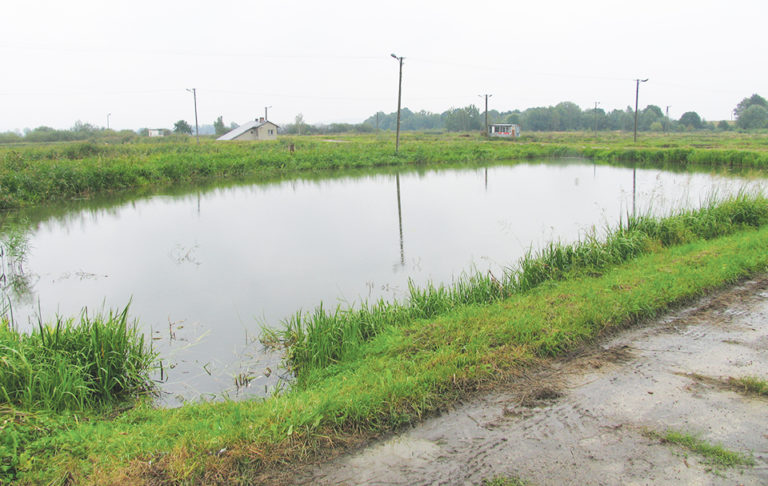
Responsibility
The creation and application of reference tables for acceptable concentration ranges of physical and chemical water quality variables for culture organisms would be challenging due to the differing tolerances found among the many farmed species.
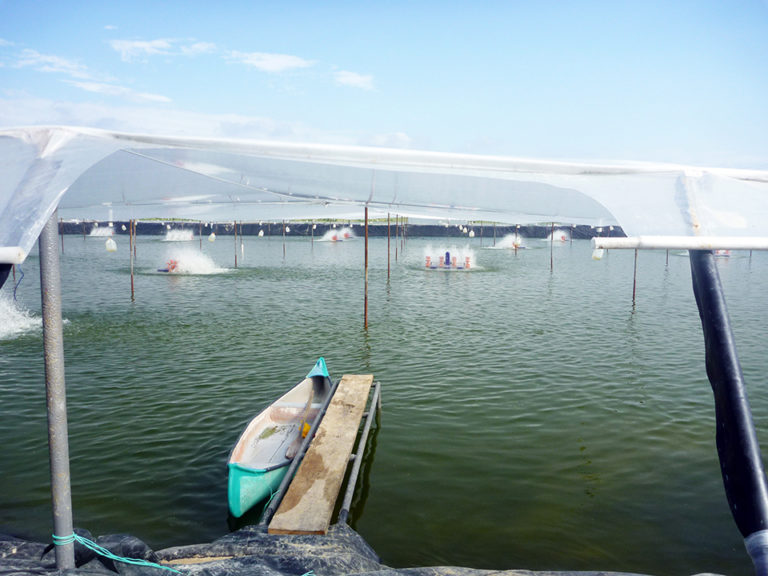
Health & Welfare
In a survey of Vibrio concentrations in white shrimp postlarvae at two inland farms, hatchery postlarvae were acclimated in water with salinity reduced from 30 and 5 ppt to 2 ppt at the farms. One farm stocked postlarvae in nursery ponds, and the other stocked directly into grow-out ponds.
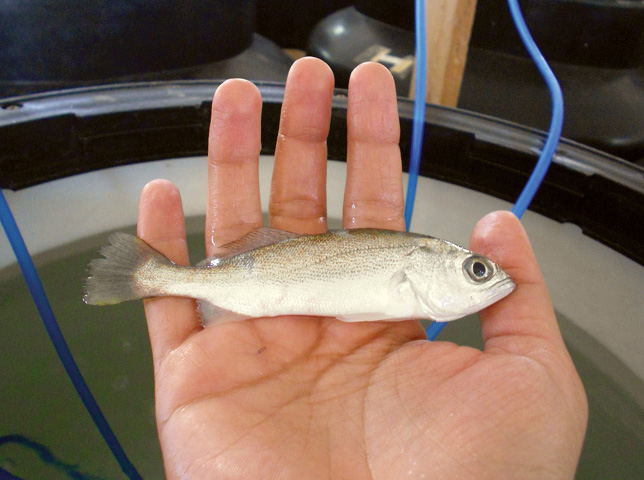
Health & Welfare
After six weeks of experimental culture, comparable growth and survival were recorded in juvenile Gulf corvina raised at salinities of 5, 15, 25 or 35 ppt. Coupled with stable plasma osmolality values observed in fish at the varied salinities, these results confirmed the euryhaline nature of this species, a trait that could enhance its status as a candidate for aquaculture.
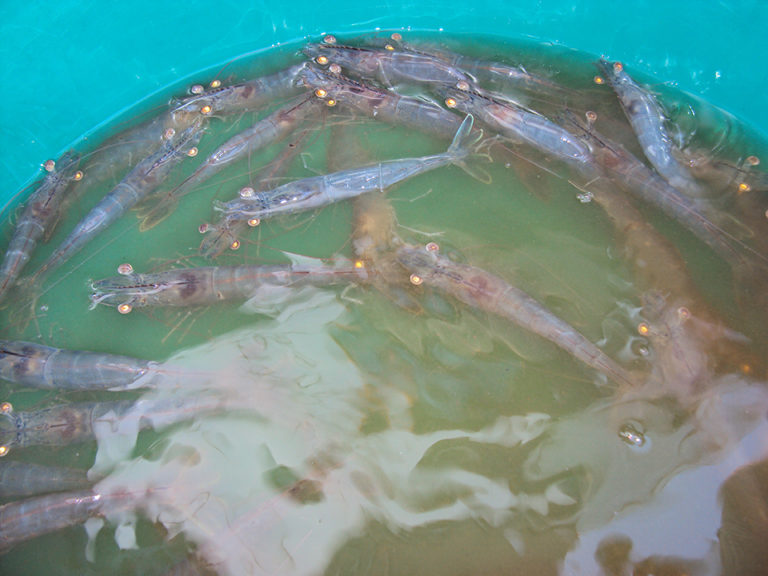
Health & Welfare
Ammonia nitrogen occurs in aquaculture systems as a waste product of protein metabolism by aquatic animals and degradation of organic matter, or in nitrogen fertilizers. Exposure can reduce growth and increase susceptibility to diseases in aquatic species.
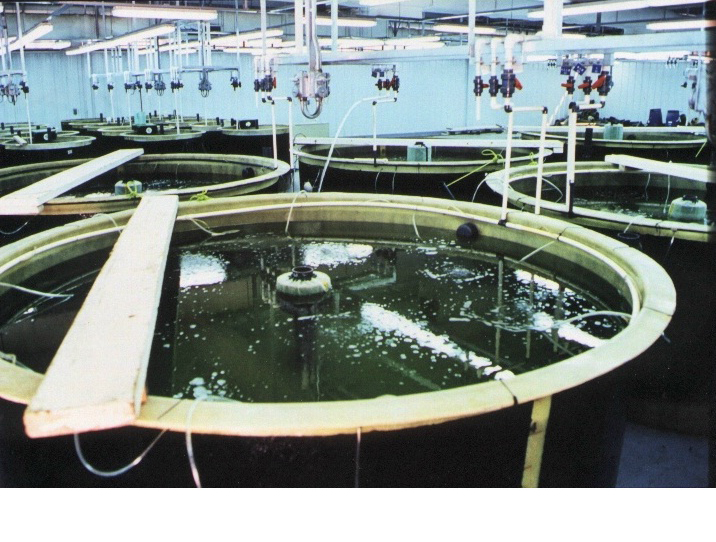
Health & Welfare
European sea bass have been raised in the favorable climate of the Middle East since 2000. For effective larval rearing of sea bass, the authors recommend the use of temperature-controlled water with about 35 ppt salinity and good aeration in tanks.
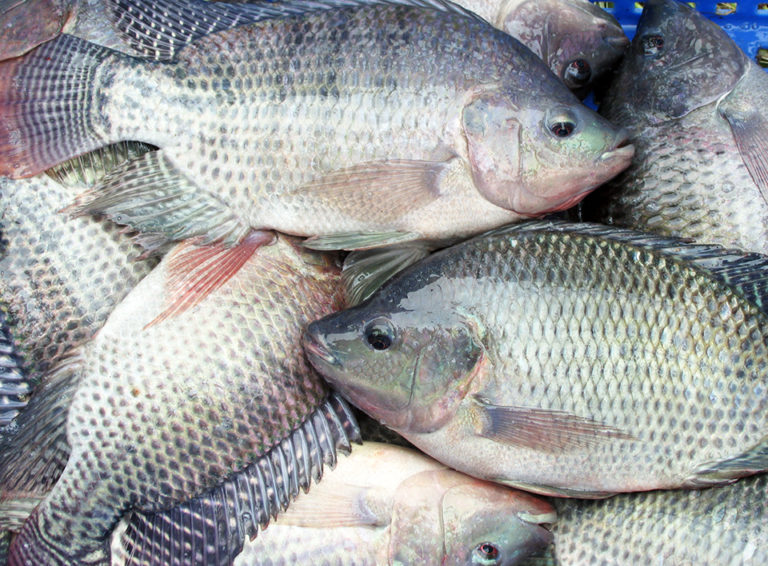
Health & Welfare
Salinity tolerance in tilapia can be improved by optimizing acclimation protocols, adding salt to the diet or hybridization between fast-growing and salt-tolerant species.